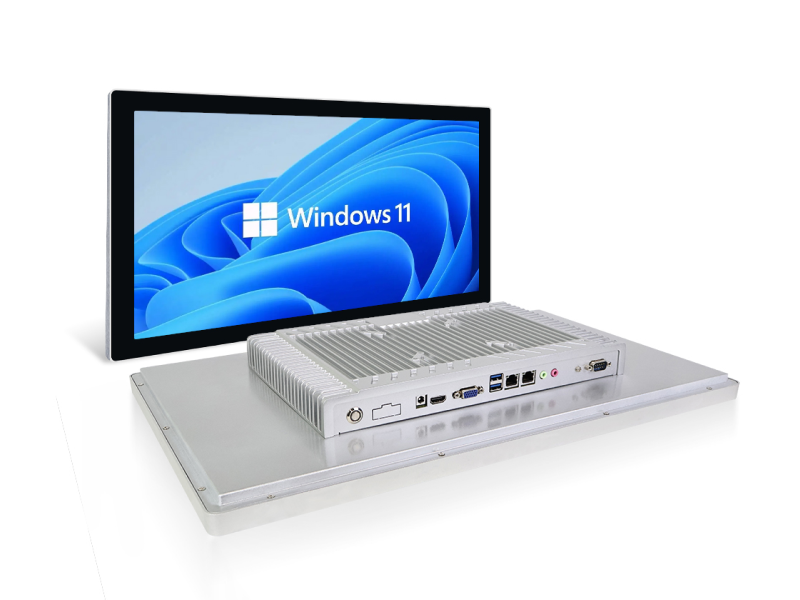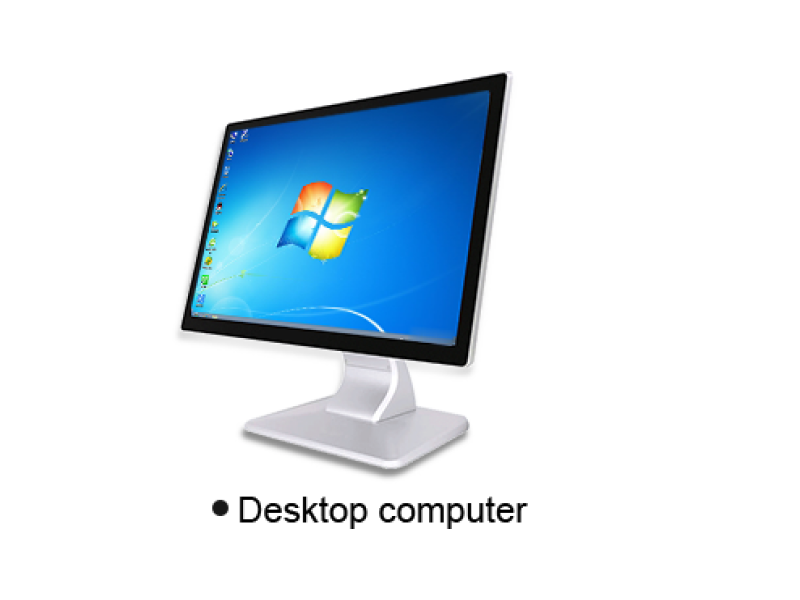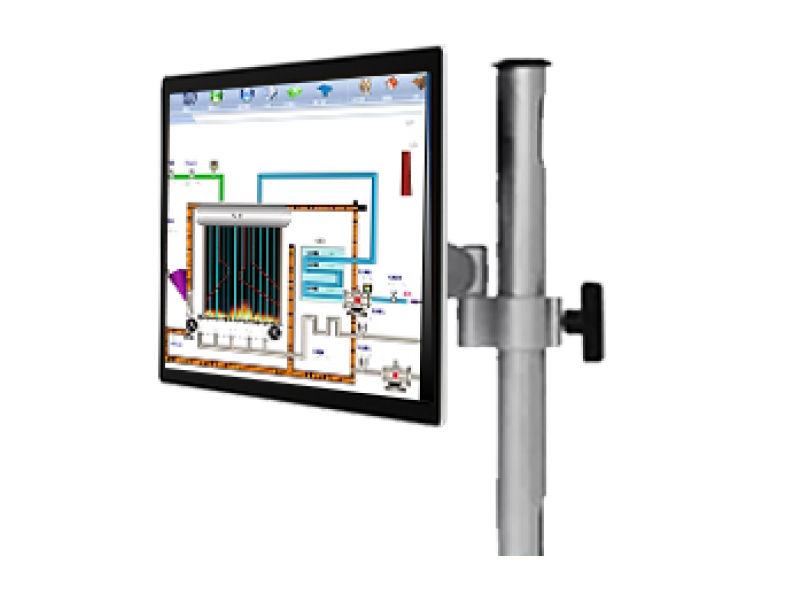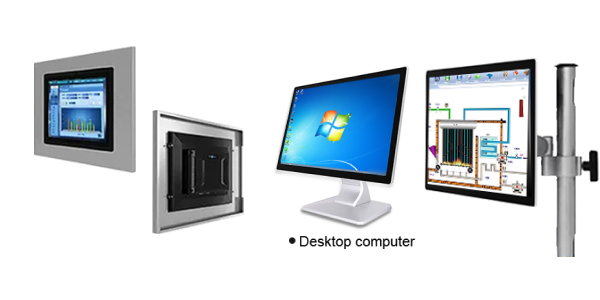The answer is yes, of course you can. And there are a variety of mounting options to choose from, which can be determined according to different usage scenarios.
1. Home environment
Home Office: In a home office environment, mounting the monitor on the wall can save desktop space and provide a neater working environment.
Entertainment room: In a home entertainment room or bedroom, wall-mounted monitors are used to connect to a home theater system or game console to provide better viewing angles and experience.
Kitchen: Installed on the wall in the kitchen, it is convenient to view recipes, watch cooking videos or play music and videos.
2. Commercial and office environments
Open Office: In open office environments, wall-mounted displays are used to share information and improve collaboration, such as displaying project progress, announcements or meeting schedules.
Meeting Rooms: In meeting rooms, wall-mounted large-screen displays are used for video conferencing, presentations and collaboration, optimizing the use of space and providing good viewing angles.
Reception: At the front desk or reception area of an organization, wall-mounted displays are used to display company information, welcome messages or advertising content.
3. Retail and Public Spaces
Stores and Supermarkets: In retail stores or supermarkets, wall-mounted displays are used to display promotional messages, advertisements and product recommendations to attract customers’ attention.
Restaurants and cafes: In restaurants or cafes, wall-mounted displays are used to show menus, special offers and promotional videos.
Airports and Stations: In airports, train stations or bus stops, wall-mounted displays are used to show flight information, train schedules and other important notices.
4. Medical and Educational Institutions
Hospitals and Clinics: In hospitals and clinics, wall-mounted monitors are used to display patient information, health education videos and treatment procedures.
Schools and Training Centers: In schools or training centers, wall-mounted monitors are used for teaching presentations, showing instructional videos and displaying course schedules.
5. COMPT industrial monitors can be installed in a variety of ways
5-1. embedded mounting

Definition: Embedded installation is to embed the monitor into the equipment or cabinet, and the back is fixed by hooks or other fixing methods.
Characteristics: Flush mounting saves space and makes the monitor blend in with the equipment or cabinet, improving the overall aesthetics. At the same time, embedded mounting also provides stable support and protection, reducing external interference and damage to the monitor.
Cautions: When performing flush mounting, you need to ensure that the opening size of the equipment or cabinet matches the monitor, and pay attention to the load-bearing capacity of the mounting location to ensure a firm and stable installation.
Strong stability: Embedded installation ensures that the monitor is fixed on the equipment, not easily affected by external vibration or impact, high stability.
Application Scenario:
- Automated production line
- Control room
- Medical equipment
- Industrial machinery
5-2. Wall mounting

Definition: Wall mounting is to fix the monitor on the wall by mounting arm or bracket.
Characteristics: Wall-mounted installation can adjust the angle and position of the monitor according to the need, which is convenient for users to watch and operate. At the same time, wall-mounted installation can also save desktop space and make the working environment more neat and orderly.
Note: When choosing wall-mounted installation, you need to make sure that the load-bearing capacity of the wall is sufficient, and choose a suitable mounting arm or bracket to ensure that the monitor is firmly and stably installed.
Save desktop space: Hanging the monitor on the wall frees up desktop space for other devices and objects.
Application Scenario:
- Factory floor
- Security monitoring center
- Public information display
- Logistics Center
5-3. Desktop mounting

Definition: Desktop installation is to place the monitor directly on the desktop and fix it through the bracket or base.
Characteristics: Desktop installation is simple and convenient, applicable to a variety of desktop environments. At the same time, desktop mounting can also be adjusted in height and angle as needed, which is convenient for users to watch and operate. Easy to install: Easy to install and remove, no special tools or skills required. Flexible Configuration: The position and angle of the monitor can be adjusted according to the needs, and the configuration is flexible and versatile.
Note: When choosing desktop mounting, you need to make sure that the desktop has sufficient load-bearing capacity and choose a suitable stand or base to ensure that the monitor is placed smoothly and firmly.
Application Scenario:
- Office
- Laboratory
- Data processing center
- Education and training environment
5-4. Cantilever

Definition: Cantilever mounting is to fix the monitor on the wall or cabinet equipment by cantilever bracket.
Features: Cantilever mounting allows you to adjust the position and angle of the monitor as needed to make it more in line with the user’s viewing and operating habits. At the same time, cantilever mounting can also save space and improve the overall aesthetics. Flexibility: Cantilever mounting allows the monitor to be folded or moved out of the way when not in use, facilitating flexible use of space.
Note: When choosing cantilever mount, you need to make sure that the load-bearing capacity of the cantilever stand is sufficient, and choose a suitable mounting position and angle to ensure that the monitor is firmly and stably installed. At the same time, it is also necessary to pay attention to parameters such as the length and swivel angle of the cantilever mount to meet the actual needs of users.
Application Scenario:
- Electronics Manufacturing Workshop
- Medical diagnostic rooms
- Design studios
- Monitoring Center
Well, this is the end of the discussion about computer monitor mounted on the wall, if you have any other ideas you can contact us.
- Configure An Industrial Pc
- industrial flat panel pc
- embedded industrial monitor
- 10 inch industrial panel pc

Penny
Web Content Writer
4 years of experience
This article is edited by Penny, the website content writer of COMPT, who has 4 years working experience in the industrial PCs industry and often discusses with colleagues in R&D, marketing and production departments about the professional knowledge and application of industrial controllers, and has a deep understanding of the industry and products.
Please feel free to contact me to discuss more about industrial controllers. sales@gdcompt.com

































































